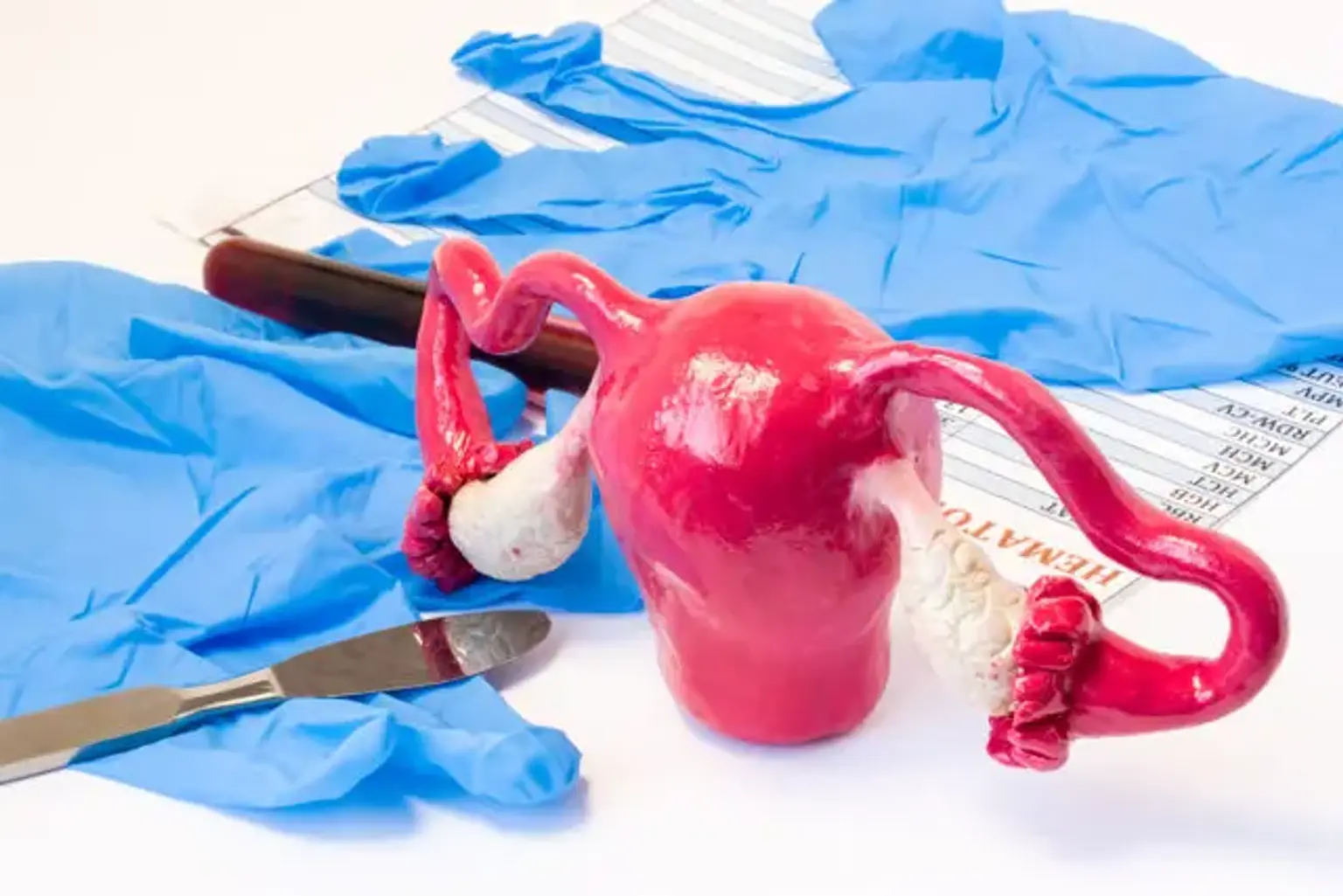Myomectomy
Myomectomy is a surgery performed to eliminate fibroids from the uterus. The uterus is sometimes prone to such common benign (noncancerous) growths. Although these uterine fibroids can develop at any age, they mostly form during a woman's reproductive years.
During a myomectomy, the aim is to remove symptoms triggering fibroids and restructure the uterus. A myomectomy, unlike a hysterectomy, which involves removing the whole uterus, only removes the fibroids while leaving your uterus. The females who have a myomectomy report less heavy menstrual flow and lower pelvic pressure, as well as a reduction in other fibroid symptoms.
